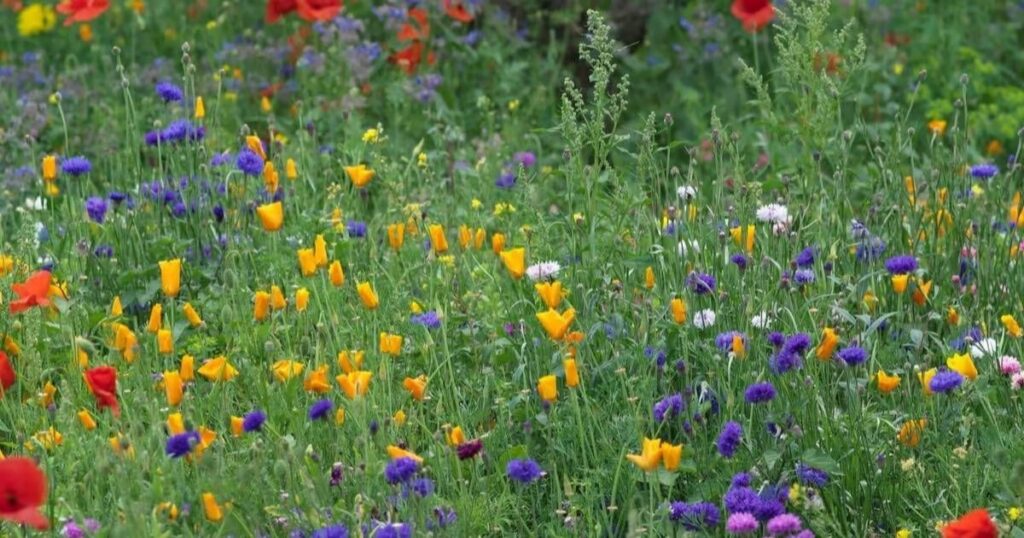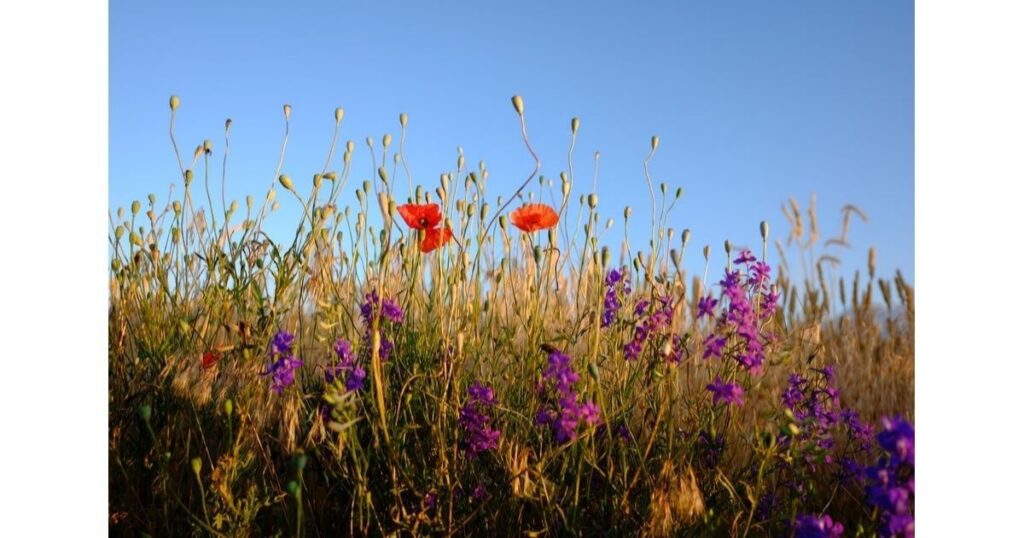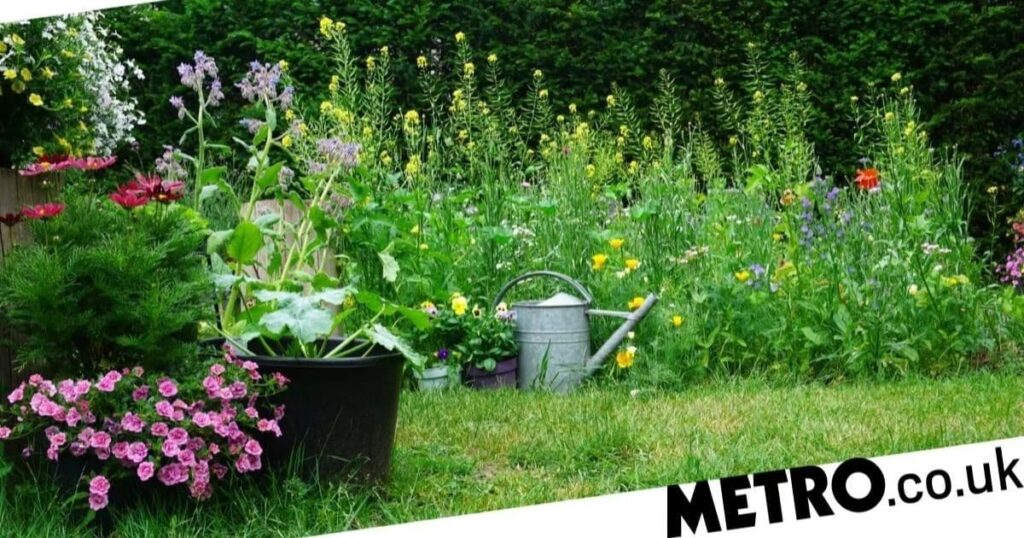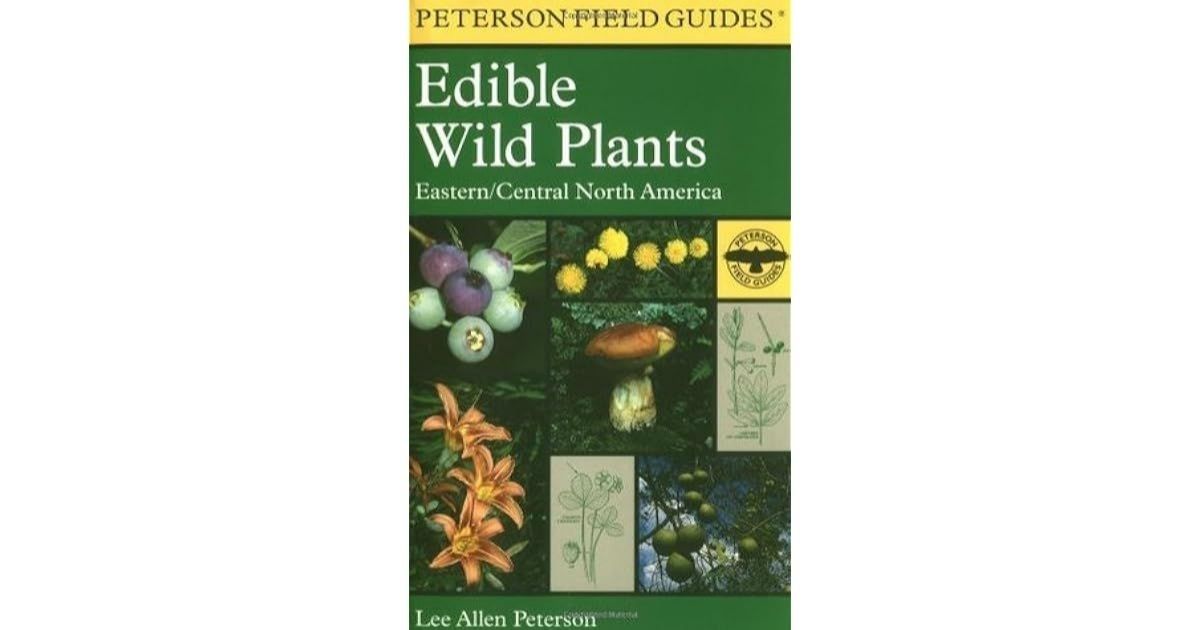Wildflowers bring vibrant colors, diverse textures, and natural beauty to any landscape. Whether you’re looking to create a meadow, enhance your garden, or support local pollinators, knowing when to plant wildflower seeds is crucial for success. This comprehensive guide will walk you through the best times to sow wildflower seeds, how to prepare your garden, and essential care tips to ensure a stunning display of native blooms.
What Are Wildflowers?
Wildflowers are flowering plants that grow naturally in the wild without human intervention. These hardy plants have adapted to thrive in their native environments, making them excellent choices for low-maintenance gardens and naturalized landscapes. Wildflowers come in various species, colors, and sizes, offering something for every garden style and climate.
Some common examples of wildflowers include:
- Black-eyed Susans
- Coneflowers
- California Poppies
- Bluebonnets
- Columbines
- Lupines
- Milkweed
Wildflowers are crucial in supporting local ecosystems by providing food and habitat for pollinators, birds, and other wildlife. By incorporating wildflowers into your garden, you’re not only creating a beautiful space but also contributing to the health of your local environment.
When’s the Best Time to Plant Wildflower Seeds?
The optimal time to plant wildflower seeds depends on your climate, the specific wildflower species, and your gardening goals. Generally, there are two main seasons for sowing wildflower seeds: fall and spring.
Also read this post:Such as the type of tomato plant
Fall Seeding
Fall is an excellent time to plant wildflower seeds in many regions. Fall seeding mimics the natural cycle of wildflowers, as many species drop their seeds in autumn. Here are some advantages of fall planting:
- Dormant Fall Plantings: Seeds planted in fall can undergo a natural stratification process during winter, which helps break seed dormancy and promotes better germination in spring.
- Early Spring Growth: Fall-planted seeds are ready to sprout as soon as soil temperatures warm up in spring, giving them a head start over spring-planted seeds.
- Moisture Advantage: Fall plantings can take advantage of winter and early spring precipitation, reducing the need for supplemental watering.
- Less Competition: Weed growth is typically slower in fall and winter, giving wildflower seedlings less competition when they emerge in spring.
Fall seeding is particularly beneficial for wildflower species with high dormancy seeds, such as lupines, columbines, and many native prairie flowers.
Spring Seeding
Spring is another popular time to plant wildflower seeds, especially in regions with harsh winters or for gardeners who missed the fall planting window. Here are some benefits of spring planting:
- Faster Results: Spring-planted seeds often germinate and bloom within the same growing season, providing quicker visual results.
- Warm-Season Species: Some wildflowers, particularly those native to warmer climates, perform better when planted in spring.
- Soil Preparation: Spring allows for easier soil preparation, as the ground is typically more workable than in late fall.
- Ideal for Annuals: Annual wildflowers often do best when planted in spring, as they complete their life cycle within one growing season.
When planning your wildflower planting, consider your local climate, the specific wildflower species you’re using, and your garden’s unique conditions. Many gardeners find success by combining both fall and spring plantings to achieve a diverse and long-lasting wildflower display.
How to Plant Wildflower Seeds

Successfully planting wildflower seeds involves more than just scattering them on the ground. Follow these steps to ensure the best possible results:
1) Prepare the Space
Before sowing your wildflower seeds, it’s essential to prepare the planting area properly:
- Remove existing vegetation, including grass and weeds.
- Loosen the top 1-2 inches of soil using a rake or hoe.
- Ensure the area has good drainage to prevent waterlogging.
2) Sow the Seeds
When it comes to sowing wildflower seeds, follow these tips:
- Mix the seeds with sand or vermiculite to help distribute them evenly.
- Use the recommended planting rate for your wildflower seed mix.
- Broadcast the seeds evenly over the prepared area.
3) Don’t Bury the Seeds Too Deeply
Most wildflower seeds are tiny and don’t require deep planting:
- Lightly rake the seeded area to ensure good seed-to-soil contact.
- Aim to cover the seeds with no more than 1/8 inch of soil.
- Some seeds may remain visible on the surface, which is fine.
4) Water Well
Proper watering is crucial for seed germination and seedling establishment:
- Water the seeded area thoroughly immediately after planting.
- Keep the soil consistently moist (but not waterlogged) until seedlings emerge.
- Once established, most wildflowers are drought-tolerant and require minimal watering.
5) Don’t Add Enrichment or Fertiliser
Wildflowers typically thrive in poor soil conditions:
- Avoid adding fertilizers or soil amendments unless your soil is extremely poor.
- Rich soil can promote excessive foliage growth at the expense of blooms.
- Excess nutrients can also encourage weed growth, which competes with wildflowers.
6) Be Patient
Wildflower gardens take time to establish:
- Some wildflower seeds may take several weeks to germinate.
- Perennial wildflowers often focus on root development in their first year and may not bloom until the second season.
- Annual wildflowers typically bloom within 6-12 weeks of planting, depending on the species and growing conditions.
Timing is Important When Seeding Your Wildflowers
The success of your wildflower planting largely depends on timing. Consider these factors when deciding when to plant:
- Climate Zone: Your USDA hardiness zone influences the best planting times for wildflowers in your area.
- Frost Dates: In regions with cold winters, time your planting to avoid late spring frosts or early fall frosts.
- Rainfall Patterns: Plan your seeding to coincide with periods of natural rainfall when possible.
- Seed Dormancy: Some wildflower species require a period of cold stratification to break seed dormancy, making fall planting ideal.
By carefully considering these factors, you can maximize the chances of success for your wildflower planting.
More Wildflower Planting Guide Resources

To further enhance your knowledge about planting wildflowers, consider exploring these additional resources:
- Local extension offices often provide region-specific planting guides and recommendations.
- Native plant societies can offer valuable insights into wildflower species suited to your area.
- Online gardening forums and communities are great places to connect with experienced wildflower enthusiasts.
- Books on native plants and wildflower gardening can provide in-depth information on specific species and techniques.
Choosing Wildflower Mixes
Selecting the right wildflower seed mix is crucial for creating a successful and sustainable wildflower garden. Consider these factors when choosing your mix:
- Native Species: Opt for mixes that include wildflowers native to your region, as they’re adapted to local conditions and support native wildlife.
- Bloom Time: Choose a mix with species that bloom at different times to ensure season-long color.
- Height and Spread: Consider the mature size of the plants to ensure they fit well in your intended space.
- Soil and Sun Requirements: Select mixes suited to your garden’s specific conditions.
- Annual vs. Perennial: Decide whether you want a temporary display (annuals) or a long-lasting planting (perennials or a mix of both).
Many seed suppliers offer specialized mixes for different purposes, such as butterfly gardens, pollinator support, or drought-tolerant landscapes.
When to Plant Wildflower Seeds
While we’ve covered the general seasons for planting, let’s delve deeper into specific timing considerations:
- Early Spring: As soon as the soil can be worked, typically 4-6 weeks before the last frost date.
- Late Spring: After the danger of frost has passed, ideal for warm-season annuals.
- Summer: Not typically recommended due to heat and drought stress, but possible with adequate irrigation.
- Early Fall: 6-8 weeks before the first frost date, allowing seeds to establish before winter.
- Late Fall: Just before the ground freezes, for cold stratification of seeds that require it.
Remember that these timings can vary based on your specific location and the wildflower species you’re planting.
Preparing Your Garden
Proper garden preparation is key to successful wildflower establishment. Follow these steps:
1. Pick a Sunny Location
Most wildflowers thrive in full sun, requiring at least 6 hours of direct sunlight daily. Some woodland species may tolerate partial shade, but generally, the sunnier the location, the better for most wildflowers.
2. Clear the Ground
Remove existing vegetation to reduce competition:
- For small areas, hand-pulling or using a garden hoe can be effective.
- For larger areas, consider solarization (covering the area with clear plastic to kill vegetation) or careful use of herbicides.
- Avoid tilling if possible, as it can bring dormant weed seeds to the surface.
3. Amend the Soil
While most wildflowers prefer poor soil, some basic amendments may be necessary:
- Test your soil pH and adjust if it’s extremely acidic or alkaline.
- If your soil is heavy clay, add some sand or fine gravel to improve drainage.
- For very sandy soils, a small amount of organic matter can help with water retention.
Remember, the goal is to create conditions similar to the wildflowers’ natural habitats, which are often not rich in nutrients.
Planting Wildflower Seeds

Once your garden is prepared and you’ve chosen the right time to plant, follow these steps for sowing your wildflower seeds:
- Calculate Seeding Rate: Most wildflower mixes recommend a seeding rate of 4-8 ounces per 1,000 square feet. Adjust based on your specific mix and desired density.
- Mix Seeds: Combine your wildflower seeds with a carrier like sand or vermiculite at a ratio of about 1:4 (seed to carrier). This helps with even distribution.
- Divide and Conquer: Split your seed mixture in half. Sow the first half walking in one direction, then sow the second half walking perpendicular to your first pass.
- Press Seeds into Soil: Use a lawn roller or simply walk over the seeded area to ensure good seed-to-soil contact.
- Mulch Lightly: A thin layer of weed-free straw or a light sprinkling of peat moss can help retain moisture and protect seeds.
- Water Gently: Use a fine spray to avoid washing away seeds. Keep the soil consistently moist until seedlings are established.
Caring for Your Wildflowers
Once your wildflowers are planted, proper care will ensure their success:
- Watering: Keep the soil moist but not waterlogged during germination. Once established, most wildflowers are drought-tolerant and require minimal watering.
- Weed Control: Remove weeds by hand while seedlings are young. Avoid using herbicides, which can harm wildflowers.
- Mowing: For meadow-like plantings, mow once a year in late fall or early spring to a height of 4-6 inches. This helps manage growth and spread seeds.
- Deadheading: Remove spent blooms to encourage continued flowering in some species and prevent excessive self-seeding.
- Reseeding: Some annual species may need reseeding each year. Perennials will often self-seed or spread naturally.
- Patience: Remember that wildflower gardens evolve. The appearance may change from year to year as different species establish and spread.
By following these guidelines, you can create and maintain a beautiful, low-maintenance wildflower garden that supports local ecosystems and provides year-round interest. Whether you choose to plant in fall or spring, the key is to select appropriate species for your area, prepare your site well, and provide consistent care during the establishment period. With time and patience, your wildflower planting will reward you with a vibrant, ever-changing display of natural beauty.
FAQs:
Can I plant wildflower seeds in summer?
While it’s possible to plant wildflower seeds in summer, it’s generally not recommended. Summer planting can be challenging due to high temperatures and dry conditions, which can stress young seedlings. Spring and fall are typically the best seasons for planting wildflower seeds. If you must plant in summer, ensure consistent watering and consider providing some shade for the seedlings.
Is it better to plant wildflower seeds in spring or fall?
Both spring and fall can be good times to plant wildflower seeds, depending on your climate and the specific wildflower species. Fall planting is often preferred for perennial wildflowers and those requiring cold stratification, as it mimics their natural cycle. Spring planting is ideal for annual wildflowers and in regions with harsh winters. For best results, consider planting both in spring and fall to achieve a diverse, long-lasting wildflower display.
How late in the fall can I plant wildflower seeds?
You can plant wildflower seeds in the fall up until the ground freezes. Ideally, aim to plant 6-8 weeks before the first expected frost in your area. This gives seeds time to settle into the soil before winter. Some gardeners even practice “dormant seeding” by planting just before the ground freezes, allowing natural freeze-thaw cycles to work the seeds into the soil.
Do all wildflower seeds need to be planted simultaneously?
Not necessarily. Different wildflower species have varying optimal planting times. While many can be planted together in spring or fall, some may have specific requirements. For instance, species requiring cold stratification benefit from fall planting, while heat-loving annuals do better with spring planting. Always check the specific needs of the wildflower species in your seed mix and consider staggered planting times for a prolonged blooming period.











